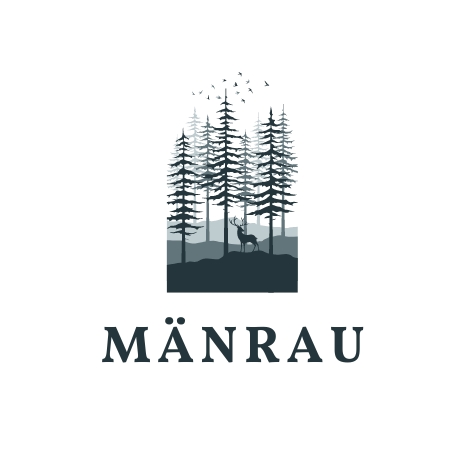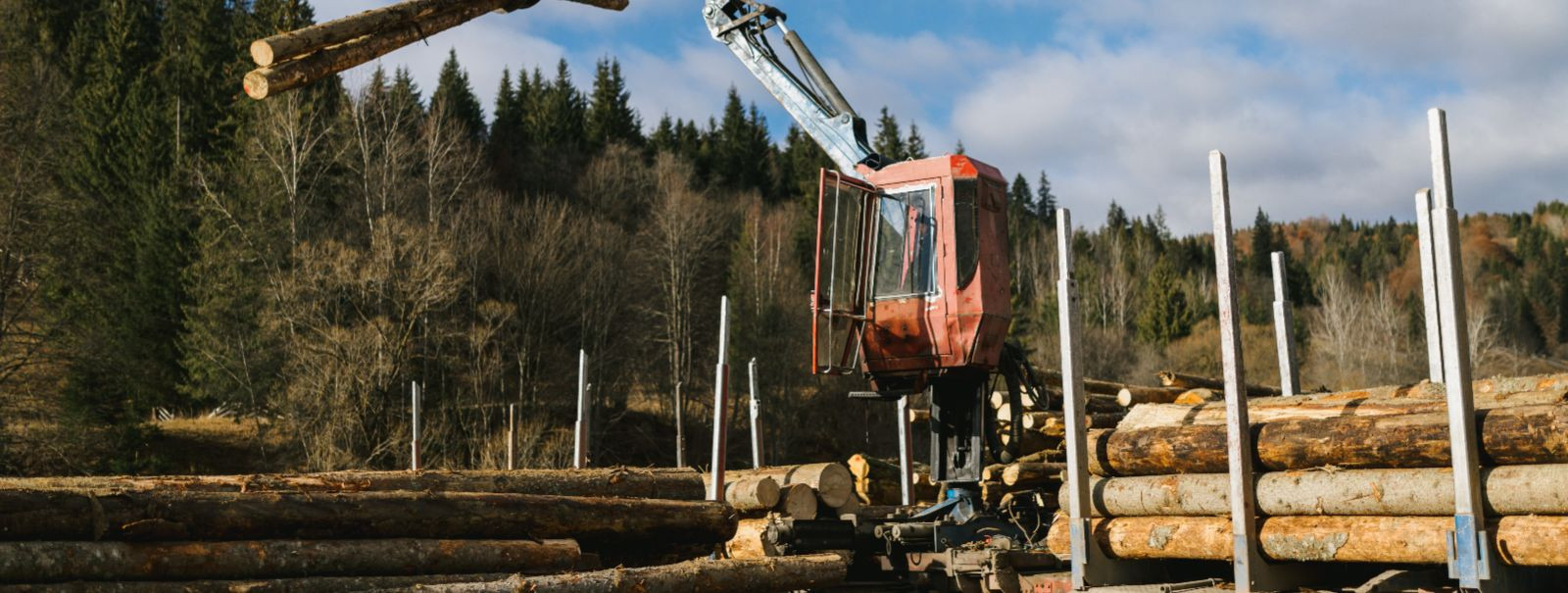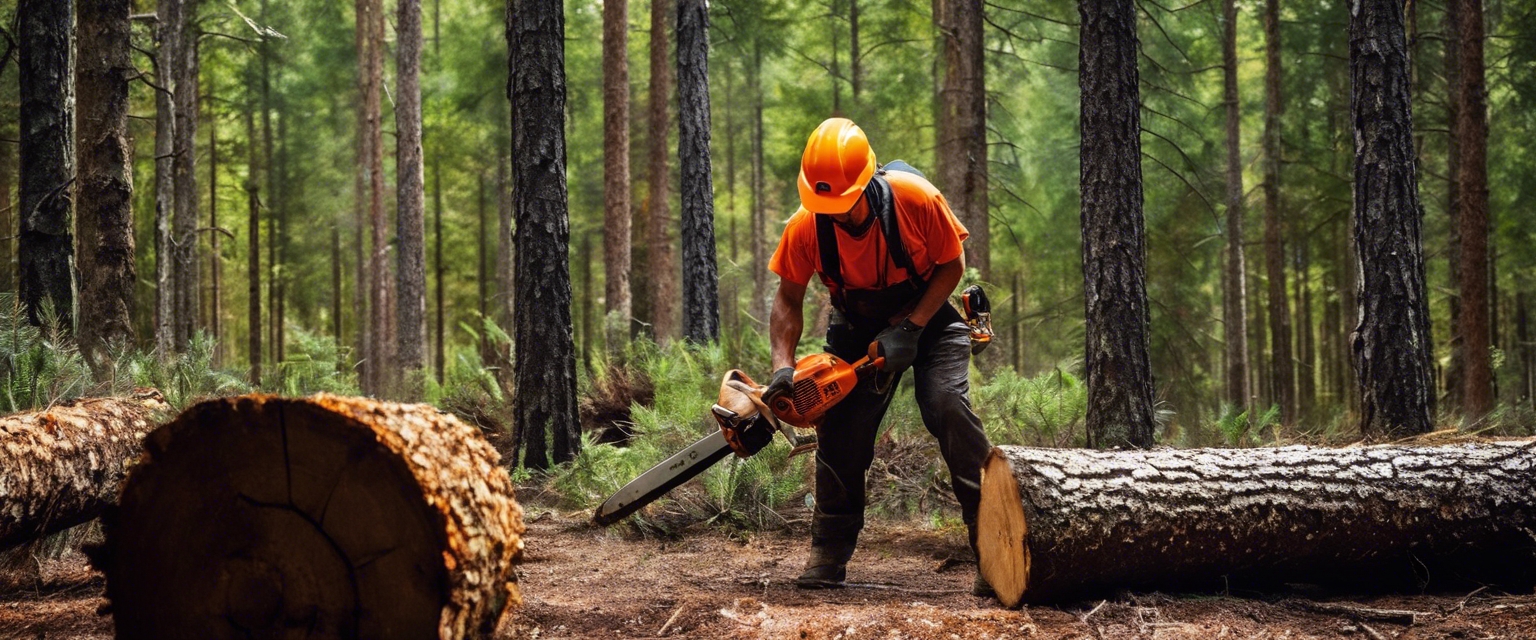The future of forestry: trends in timber harvesting
Timber harvesting is a critical component of the global economy, providing raw materials for a multitude of industries including construction, paper manufacturing, and furniture production. As the backbone of these sectors, efficient and sustainable timber harvesting practices are essential for meeting the demands of a growing population while preserving our natural resources.
The forestry industry is currently facing a myriad of challenges, from environmental concerns to economic pressures. Balancing the need for timber with the imperative to maintain biodiversity and ecosystem health is a complex task that requires innovative solutions and forward-thinking strategies.
Emerging Trends in Timber Harvesting
New technologies are revolutionizing the way timber is harvested. Automated machinery, GPS and data analytics are making operations more efficient and less labor-intensive, while minimizing the impact on the environment.
Sustainable forestry practices are becoming increasingly important as stakeholders recognize the need to manage forests responsibly. This includes selective logging, longer rotation periods, and the preservation of natural habitats to ensure the longevity of forest ecosystems.
Drones and remote sensing technologies are providing unprecedented levels of data and insight into forest conditions. This information is crucial for planning sustainable harvesting operations and monitoring forest health.
Genetic research is leading to the development of tree species that grow faster, are more resilient to disease and pests, and are better suited to specific climates and soil types. This can lead to more productive forests and a more reliable timber supply.
Precision forestry involves the use of technology to measure and manage forest resources with a high degree of accuracy. This approach can optimize yield while protecting the environment, leading to a more sustainable forestry industry.
Impact of Global Trends on Timber Harvesting
Climate change is having a profound impact on forestry, with changing weather patterns and increased incidence of forest fires and pests. Adapting harvesting practices to these changes is essential for the sustainability of the industry.
As urbanization continues, the demand for timber for construction and other uses is expected to rise. This presents both challenges and opportunities for the forestry sector to meet this demand in a sustainable manner.
Regulations and certification schemes are becoming more stringent, pushing the industry towards more sustainable practices. Compliance with these standards is not only good for the environment but can also be a competitive advantage.
Adapting to the Future
As the industry evolves, so too must the skills of those who work within it. Ongoing education and training are vital to ensure that the workforce is equipped to implement the latest forestry practices and technologies.
Investing in research and development is crucial for the continuous improvement of timber harvesting methods. This can lead to more efficient and environmentally friendly practices that will benefit the industry and the planet.
Collaboration between governments, industry, and communities is essential to address the challenges facing forestry. By working together, stakeholders can create a more sustainable future for timber harvesting.






Comments (0)